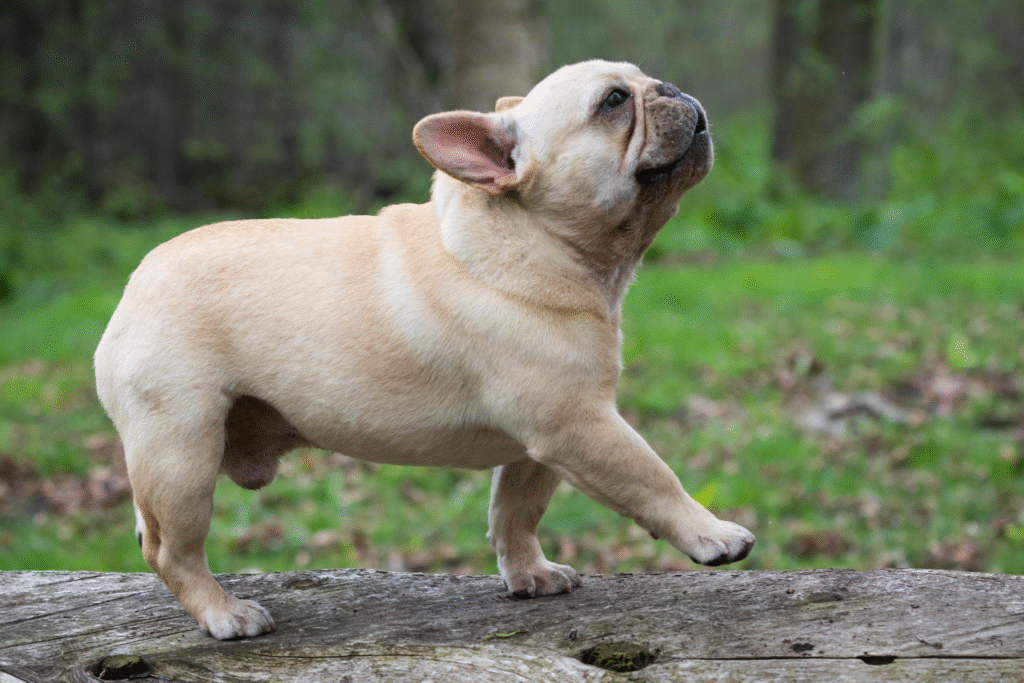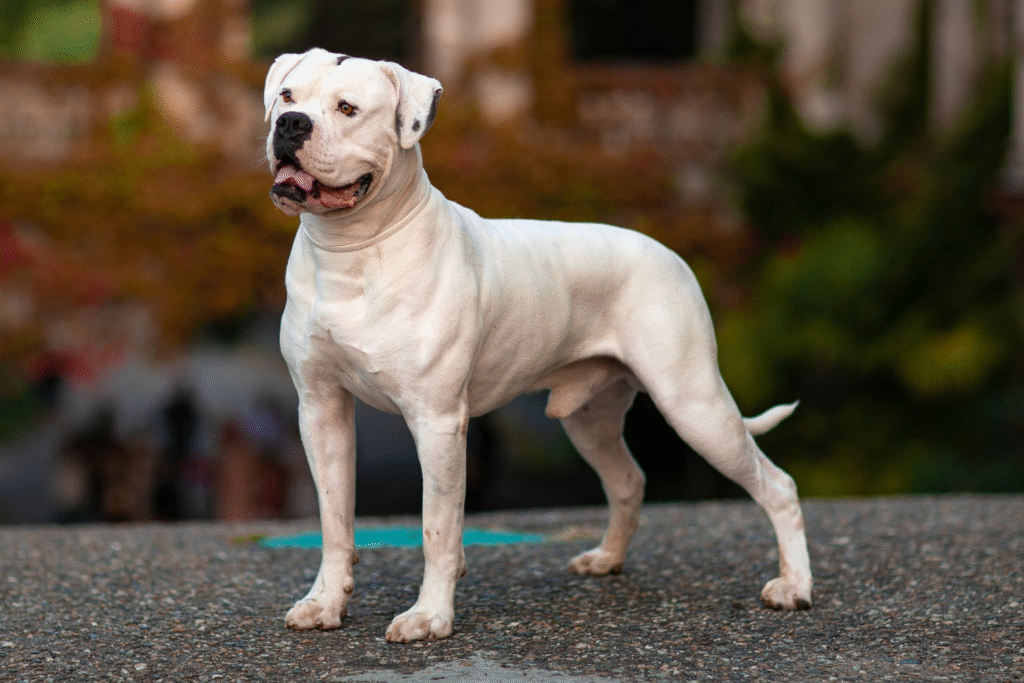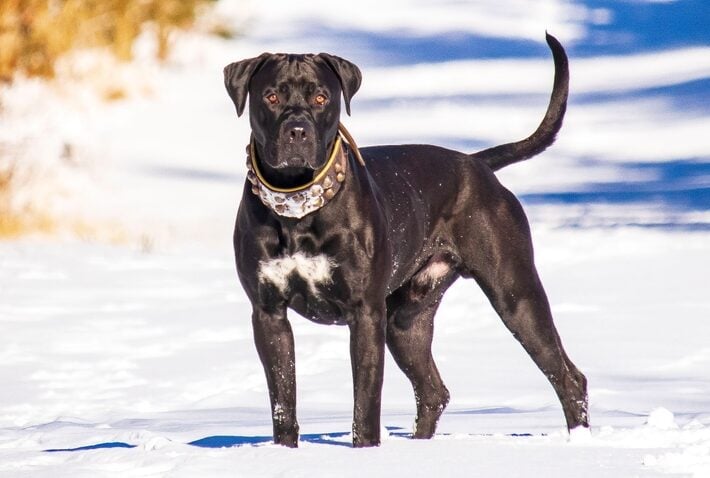Some breeds seem to burn out too soon.

Every dog lives with a ticking clock, but certain breeds seem to run out of time more quickly than others. A recent life-table survey of over 30,000 dogs in the UK, via VetCompass, identified stark differences in breed longevity, with flat-faced (brachycephalic) breeds disproportionately represented among the shortest-lived. The data show some breeds averaging lifespans well under ten years, while healthier lines stretch into the teens.
Such differences are not just trivia for breeders or owners. They reflect underlying health vulnerabilities tied to genetics, body structure, and breed standards. Below are ten breeds that the survey pegged as having the shortest life expectancies, along with the possible reasons they often struggle to live long.
1. French Bulldog tends to live very few years.

In that VetCompass life-table survey, the French Bulldog had an estimated life expectancy of just 4.5 years from birth in the studied population, making it among the lowest of all the breeds surveyed. As stated by the researchers, the extreme brachycephalic traits (pushed-in face, narrowed airways) contribute heavily to respiratory distress, overheating, and anesthesia risk.
Those health burdens accumulate. Combined with spine problems, skin folding infections, and susceptibility to heat stress, many Frenchies never reach moderate old age. Breeders and vets now see this breed as emblematic of how exaggerated physical traits can cut lives short.
2. English Bulldog shows alarming early mortality.

English Bulldogs, in the same dataset, had a life expectancy of around 7.4 years, as reported by the RVC VetCompass project. Their heavy bodies, respiratory compromise, and joint issues create stress across organ systems.
Such breeds often require intensive veterinary support simply to maintain breathing, mobility, and quality of life, and many succumb relatively early. The survey’s authors highlight the steep welfare tradeoffs tied to choosing or breeding dogs with extreme conformation.
3. Pug often faces serious health challenges early.

Pugs were found to have a life expectancy near 7.7 years in that same life-table analysis, placing them solidly among the shorter-lived breeds (VetCompass/VetCompass). Their compact, curly skulls, breathing difficulty, eye vulnerability, and spinal issues all stack up risks early.
Even aside from major disease, the chronic stress of low oxygenation and overheating episodes take a toll over years. Many Pugs may never reach elderly stages before succumbing to cumulative complications.
4. American Bulldog often dies younger.

The survey flagged the American Bulldog as having a life expectancy around 7.8 years. While not extreme in appearance as the French or English Bulldog, they still carry structural stresses. They often develop cardiac issues, hip dysplasia, and skin conditions.
Large body size coupled with moderate brachycephaly exacerbates strain on heart and joints. Those combined burdens push mortality risks higher in middle age, and many need intensive care to survive past eight or ten.
5. Caucasian Shepherd offers very short life.

In general lifespan surveys, giant breeds like the Caucasian Shepherd appear near the bottom, with estimated median lifespans around 5.4 years in some analyses. Their massive size accelerates aging, and joint, cardiac, and cancer risks climb fast.
The energy cost of sustaining a huge frame leads to earlier organ wear. Often, the first decade proves too taxing for many in this group, making them more vulnerable to cancers, hip disease, and heart failure in middle life.
6. Presa Canario struggles with health limits.

Presa Canarios, similarly large and muscular breeds, often show lifespans under eight years in longevity comparisons. Their size and musculature require heavier physiologic support, and they are prone to bloat, orthopedic disease, and cardiac conditions.
These afflictions tend to manifest in middle age and shorten the window of robust health. Many owners see their dogs decline sharply after six or seven, especially when multiple comorbidities stack.
7. Cane Corso often dies too soon.

Cane Corsos also figure among breeds with shorter median lives—some forecasts put them into the 8-year range. Their muscular frames carry the same scale problems seen in other mastiff-type breeds: joint degeneration, cardiopathy, and predisposition to cancers.
Even careful breeding and care struggle to offset the influence of size and growth stress. Many Corsos begin showing signs of degeneration or disease in their later middle age.
8. Great Dane has famously short lifespan.

Great Danes are giants, and giants age faster. In multiple studies, giant breeds averaged life expectancies of about 6 to 8 years (as shown in life expectancy surveys of dogs by size). Their hearts, bones, and internal organs work under persistent strain.
Developmentally, their rapid growth drives early bone stress, hip issues, and cardiac risk. Many Danes never see a decade’s age, with cardiac failure or orthopedic collapse common causes of death.
9. Bernese Mountain Dog commonly dies early.

Bernese Mountain Dogs frequently live only 6 to 8 years in many breed health reports. They suffer high rates of cancer, joint disease, and internal disorders that manifest earlier than in smaller or less predisposed breeds.
Because of genetic loading and breed standards, even well-managed Bernese dogs often show severe disease by middle age. Longevity beyond 8 or 9 is relatively rare in this breed.
10. Mastiff breeds generally have short life.

Various Mastiff lines (English Mastiff, Neapolitan, etc.) are also known for lifespans often between 6 and 10 years. Their sheer bulk, proclivity for cancers, heart and joint disease, and metabolic stress push them into the shorter-lived class.
In many cases, by age 7 or 8, they face multiple health issues. While individual dogs occasionally live longer, the median tends to fall toward the lower end of the spectrum across mastiff varieties.
